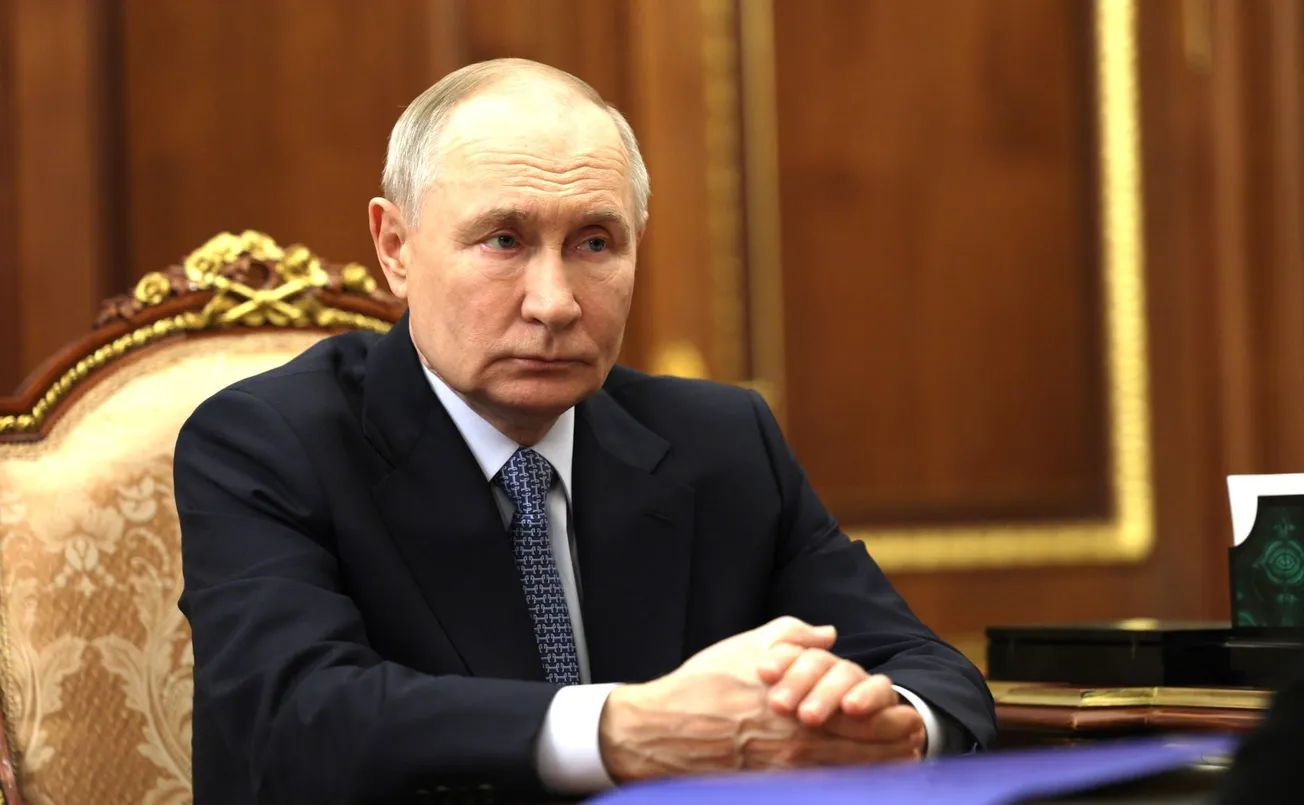Valdai Discussion Club published an Oct. 28 review by Valdai member Alexander Losev on how the Chinese yuan is becoming the most popular “friendly” currency in the Russian economy—"The Yuan as the Leading Foreign Currency in the Russian Market"—otherwise covered a month later by Reuters Nov. 29 but with a jazzy headline, “The Yuan Is the New Dollar as Russia Rides to the Redback,” but bland coverage. Nearly half of all foreign exchange purchased on Russian markets is in renminbi (yuan), a level which was just over 1% early this year. Yuan bank accounts—for both individuals and but particularly for corporations—are down to 2.45% interest on one-year CDs, not far from the 1.6% average level in China. This is because businesses and, secondarily, individuals and households, are opening more and more accounts with yuan.
In trade transactions, last year 19% were in yuan, 49% in dollars. The Reuters article quotes speculations that in 2022 these figures have reversed.
At least as important, the Chinese currency has become a growing reservoir of credit in the Russian economy. “Seven Russian corporate giants, including Rusal, Rosneft and Polyus, have collectively borrowed 42 billion yuan [$6.2 billion] in the Russian market, according to Reuters calculations, and the list could grow even further as No. 1 lenders Sberbank and oil major Gazpromneft say that they also consider renminbi debt.”
Overall, despite this, Russian banks’ books of yuan assets (loans) are still quite a bit smaller than their suddenly large liabilities in yuan from all these deposits, so they are trying to lend as much as they can in yuan, especially to importers, who want to pay for imports from China and India with yuan. The big exporters are earning large revenues in yuan, so, wrote Losev: “Russian citizens now save their money via ruble deposits, but investors are looking at the yuan as an investment currency as well. … The transition of large exporters not only to settlements in Chinese yuan, but also to borrowing in yuan began to form a new yuan segment of the capital market.” investors are looking at the yuan as an investment currency.”
This is not a government-to-government process, as yet: China’s state banks are not making directed loans into Russia; nor is the People’s Bank of China expanding renminbi in circulation intended for a bond market for Russian firms or agencies; nor do there appear to be joint project credit agreements. It rather shows public confidence in the renminbi, and the fact that both nations’ central banks are able to keep their exchange rates stable, relative to the dollar and to each other’s currencies.
Reuters points out that the Central Bank of the Russian Federation approves of this process. It continues shifting its reserves to gold and renminbi, and it comments favorably on the renminbi’s new dominant role in Russia, in its Dec. 1 Financial Stability Review publication. (https://www.reuters.com/markets/currencies/yuans-new-dollar-russia-rides-redback-2022-11-28/#:~:text=MOSCOW%2 SHANGHAI%2C%20 Nov%2029%20 ;
https://valdaiclub.com/a/highlights/the-yuan-as-the-leading-foreign-currency-in-the-ru/ )




